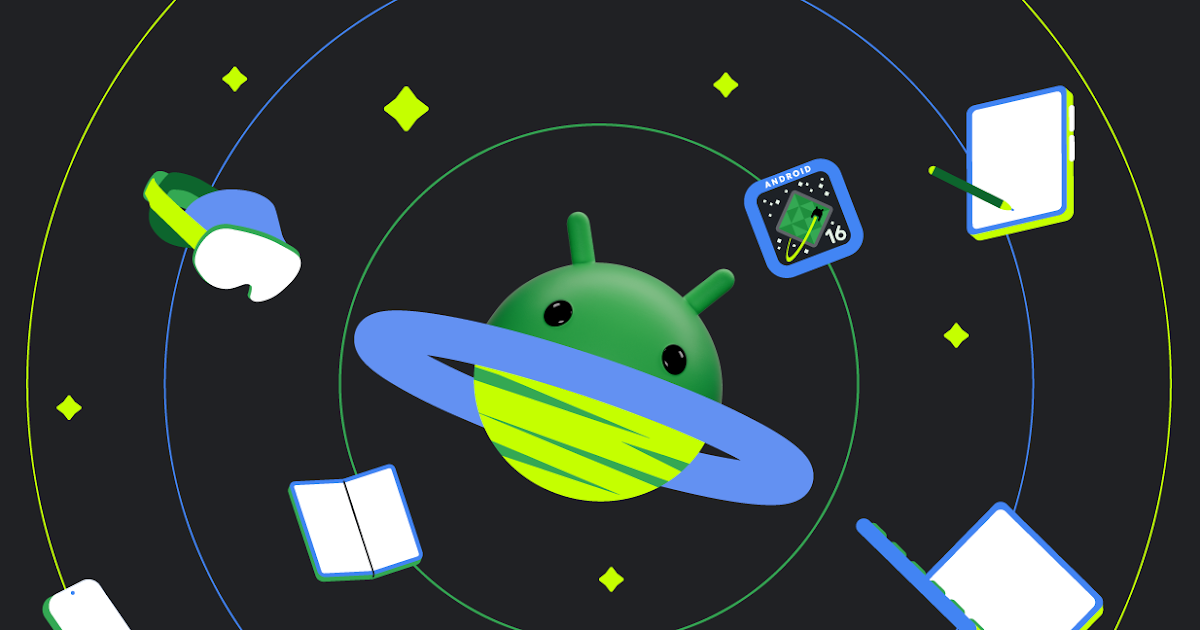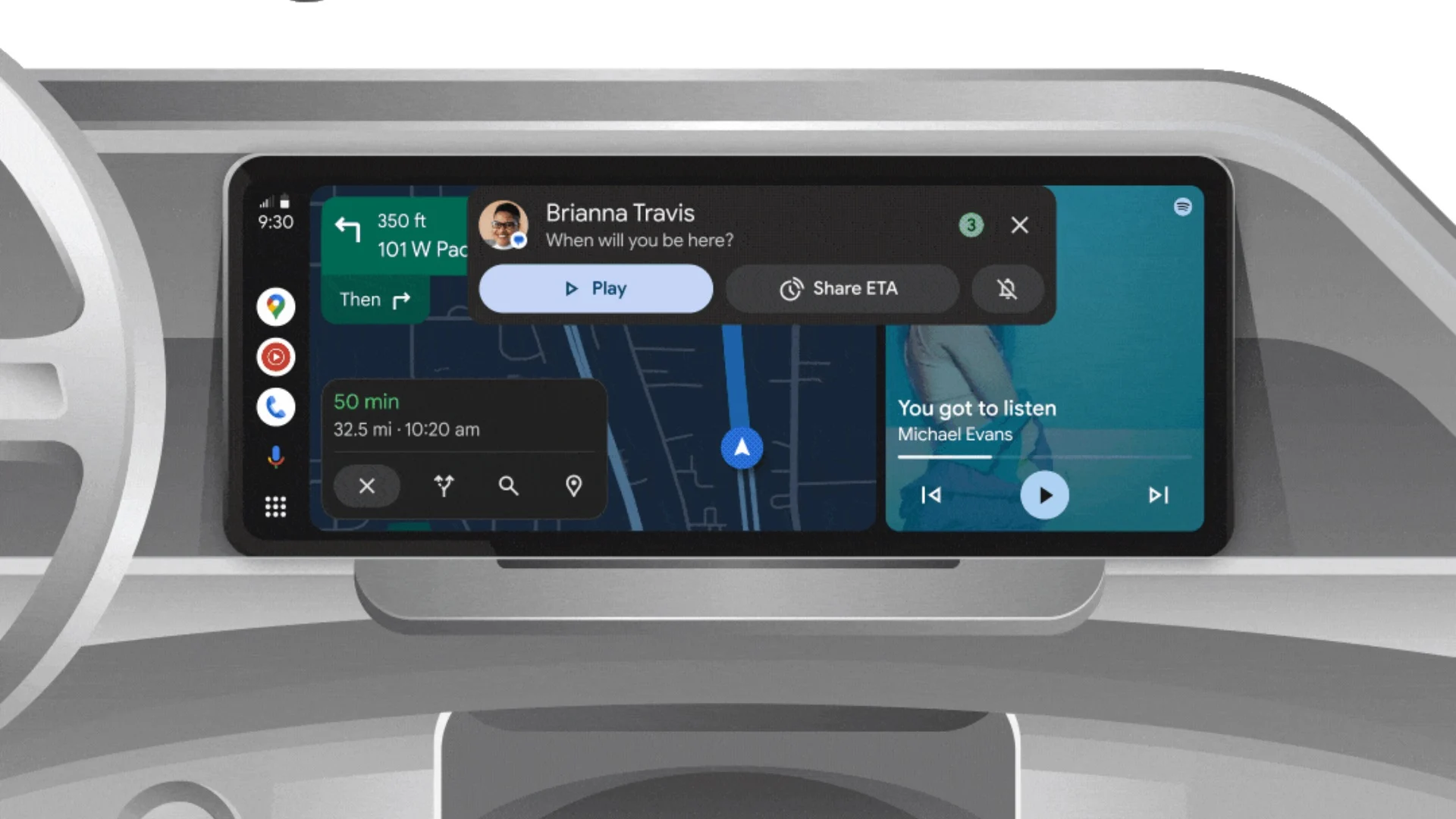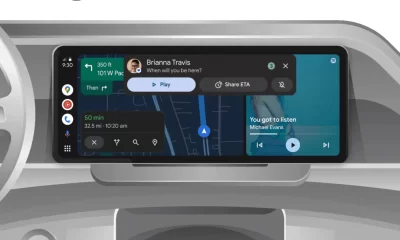Google elevates Pixel experience with advanced HDR editing and a fun Weather app update

Google has recently made significant advancements in its photo editing technology for Pixel devices, allowing users to fully edit HDR (High Dynamic Range) images without losing critical details. This innovation ensures that even after complex edits, the quality of HDR photos remains intact. At the same time, Google is working on a playful new feature for its Pixel Weather app that aims to bring a more interactive and enjoyable experience for users. Let’s dive into both updates in detail.
Enhanced HDR Editing on Pixel Phones
HDR images have always been known for their superior quality, capturing a broader range of colors and light levels. However, editing these images in apps like Google Photos often led to a loss of image data, reducing the visual appeal of the final result. Google has now addressed this issue with a new machine learning (ML) model that preserves the full quality of HDR images during the editing process.
Until recently, when users edited HDR photos, the images would revert to SDR (Standard Dynamic Range) once saved. With the latest update, Google has made it possible for users to save HDR images in the space-saving JPEG format while maintaining the full range of HDR data. This breakthrough was made possible through the introduction of “Ultra HDR” in Android 14, which stores more data in conventional JPG files, making HDR editing feasible.
Machine Learning Powers Better HDR Edits
The heart of this update lies in the advanced machine-learning model that powers the new HDR editing capabilities. According to Google, the ML model is trained to predict HDR image metadata that often gets lost during editing. This allows the software to maintain the HDR quality of the photo, even after heavy editing. On Pixel 8 and newer devices, this model works in the background within Google Photos, ensuring that users can edit their HDR images freely without worrying about quality degradation.
This new approach to HDR editing, introduced specifically for Google Pixel devices, offers a seamless and powerful photo editing experience. Whether you’re making subtle tweaks or applying complex edits, the software guarantees that your final image retains its vibrant colors and enhanced detail.
Pixel Weather App Adds an Entertaining Feature
While Google’s advancements in HDR editing are serious and practical, the company is also adding a touch of fun to its Pixel Weather app. Google is preparing to roll out an update to the app that includes a feature called “Immersive Weather Vibrations,” which allows your device to vibrate in sync with the weather animations on the screen.
Although the feature hasn’t yet been officially announced, Android Authority discovered this new option in version 1.0.20240910.678970266 of the app. This playful update is purely for entertainment, adding an immersive layer to the weather updates you see on your phone.
Interactive Vibration and Audio Features
The new vibration feature is accompanied by several audio files designed to enhance the overall experience. These audio files sync with the visual weather animations, offering an interactive and engaging way for users to check the weather. It’s a small but fun addition that shows Google’s commitment to enhancing the user experience in creative ways.
Conclusion
Google’s latest updates for Pixel devices bring both practical and playful enhancements. The advanced HDR editing feature is a game-changer for photography enthusiasts, allowing users to preserve the full quality of their photos even after editing. At the same time, the fun new update to the Pixel Weather app introduces an element of interaction that adds a new dimension to weather updates.
These innovations reflect Google’s ongoing commitment to improving user experiences across its suite of apps and services, balancing cutting-edge technology with a touch of lighthearted entertainment. Whether you’re editing your next HDR masterpiece or enjoying an immersive weather forecast, Pixel users have more reasons to enjoy their devices than ever before.
Android
Android 16 Is Coming: New features to get excited about

Google is already working on Android 16, and it’s shaping up to be an exciting update for Android fans. Even though Android 15 just rolled out, the next version is in the early stages, with clues popping up in software code. This shows Google isn’t slowing down when it comes to improving its popular mobile system.
One big hint about Android 16 comes from changes in how audio works. The code suggests that the update might bring better support for music and sound tools. This could mean clearer audio, smoother playback, or even new ways to enjoy songs and videos on your phone. For people who love music or watch a lot of content, this could make a real difference.
Another cool feature in the works is something called “host image copy.” It’s a fancy term, but it basically means Android 16 might let apps share pictures or screenshots more easily. Imagine taking a photo or grabbing a screen image and sending it to another app without extra steps. This could save time and make things like editing or sharing way simpler.
These early signs show Google is focused on making Android 16 practical and user-friendly. The audio upgrades could improve how we listen, while the image-sharing trick might speed up everyday tasks. Since it’s still early, not everything is set in stone, but the ideas are promising.
For now, Android fans can look forward to a system that keeps getting better. Google’s fast pace means we won’t have to wait too long to see what’s next. With Android 16 already cooking, it’s clear the tech giant wants to keep its users happy with fresh, helpful updates.
Google Photos’ magic editor gets a save boost and Gemini Live expands to Android

Google Photos is making photo editing simpler with a fresh update to its Magic Editor. This tool now lets users save their edited pictures as new copies, keeping the originals safe. Before, changes were permanent, but now you can tweak your images—like removing unwanted objects or adjusting backgrounds—without worry.
If something goes wrong, like an edit not looking right, Magic Editor also has a quick fix option to undo mistakes easily. This update started rolling out on April 3, 2025, for both Android and iPhone users, though it might take a few weeks to reach everyone.
In other news, Google’s Gemini Live, powered by the Astra AI model, is now available on more Android devices. This feature lets you talk to your phone naturally, like chatting with a friend, to get help with tasks or answers to questions. It’s designed to understand everyday language and respond fast.
The rollout began on April 3, 2025, and is expanding to users worldwide, though some might need to wait a bit depending on their device and location. Gemini Live aims to make your phone smarter and more helpful, whether you’re asking for directions or brainstorming ideas.
Both updates show Google’s push to improve its tools with easy, practical features. Magic Editor’s save and fix options give you more control over your photos, while Gemini Live brings a friendly, voice-powered assistant to your pocket. These changes are rolling out now, so keep an eye on your device for the latest upgrades. Whether you love editing pics or need a hand with daily tasks, Google’s got something new for you to try!
Android
New Android Auto update brings games with a catch

Google is rolling out a fun update for Android Auto, adding games to keep drivers entertained. This change, spotted in the latest Android Auto version (12.0), lets users play simple games right on their car’s screen. However, there’s a small twist: you’ll need to connect your phone to the car with a USB cable.
The update includes a “GameSnacks” feature, which offers quick, easy-to-play games. These are perfect for passing the time during a long wait, like at a charging station or in traffic. The games are lightweight and designed to work smoothly without needing a strong internet connection. But here’s the key detail—wireless Android Auto won’t support this. You must plug in your phone using a cable to enjoy them.
Why the cable rule? It seems Google wants to ensure a stable connection for the games to run well. Wireless setups can sometimes lag or drop, which could ruin the fun. Plus, a wired link might help save battery life on your phone while you play. For now, only a few users have this feature, as Google is testing it slowly.
This isn’t the first time Android Auto has added extras. Over the years, it’s grown from just maps and music to a full dashboard with apps and now games. Still, some might wonder if games could distract drivers. Google likely thought of that, so the feature only works when the car is parked.
If you’re excited to try this, check your Android Auto app for version 12.0. Grab a USB cable, plug in, and see if GameSnacks pops up. It’s a small addition, but it could make those boring waits a lot more fun!
-

 Apps1 year ago
Apps1 year agoGboard Proofread feature will support selected text
-

 News1 year ago
News1 year agoSamsung USA crafting One UI 6.1.1
-

 News1 year ago
News1 year agoBreaking: Samsung Galaxy S22 may get Galaxy AI features
-

 News1 year ago
News1 year agoSamsung Galaxy S23 Ultra with One UI 6.1 and all S24 AI features revealed
-

 News1 year ago
News1 year agoOne UI 6.1 Auracast (Bluetooth LE Audio) feature coming to many Samsung phones
-

 News1 year ago
News1 year agoSatellite SOS feature coming to Google Pixel phones, evidence leaked
-

 Apps11 months ago
Apps11 months agoGoogle’s fancy new Weather app is finally available for more Android phones
-

 News1 year ago
News1 year agoGoogle Pixel evolves as Europe’s third best selling flagship






